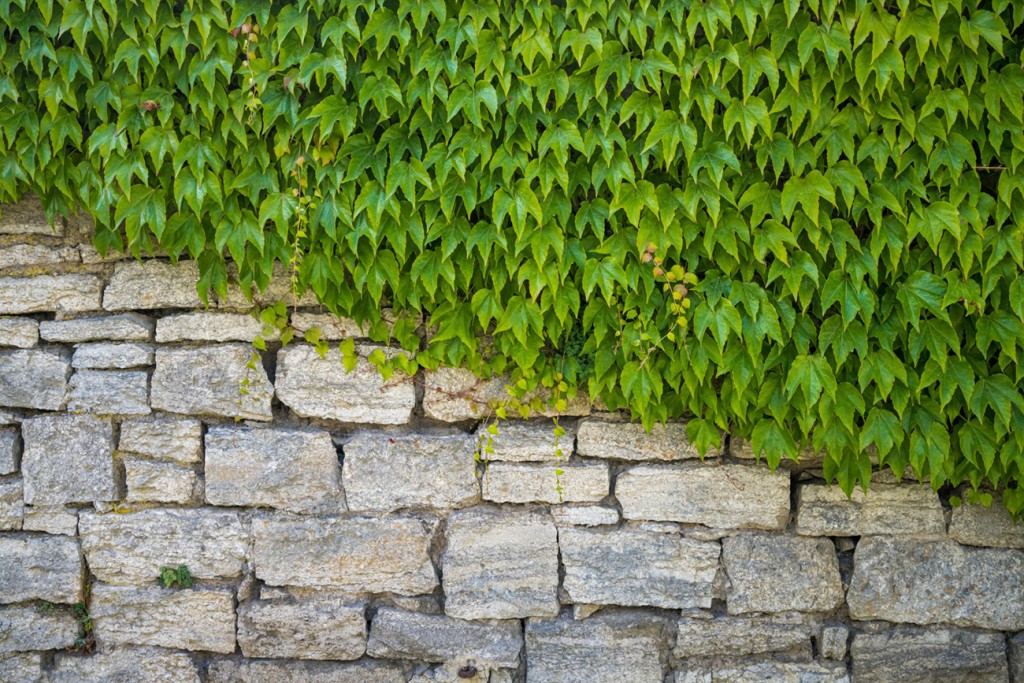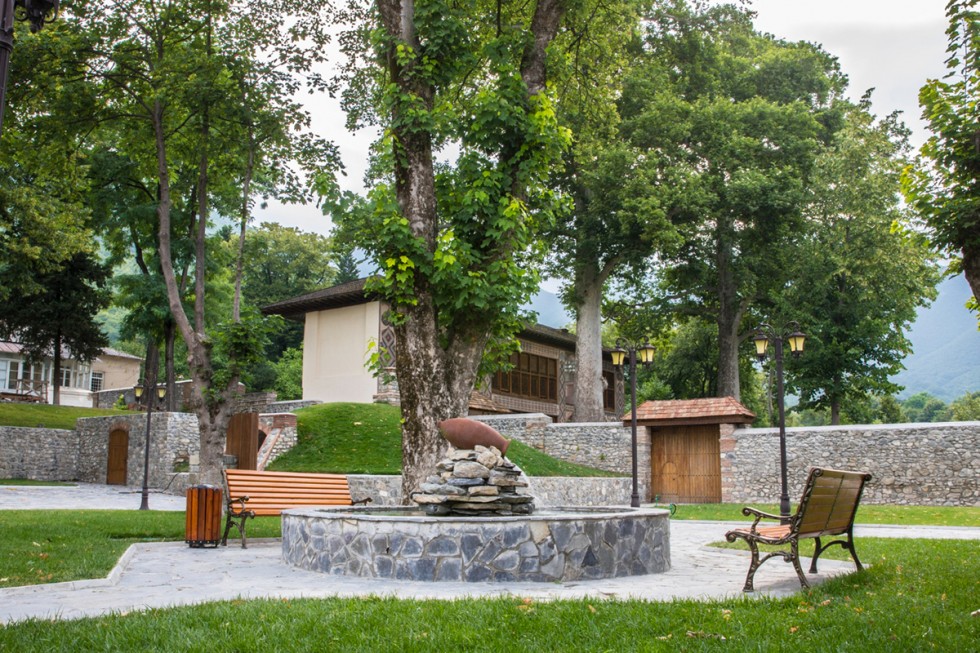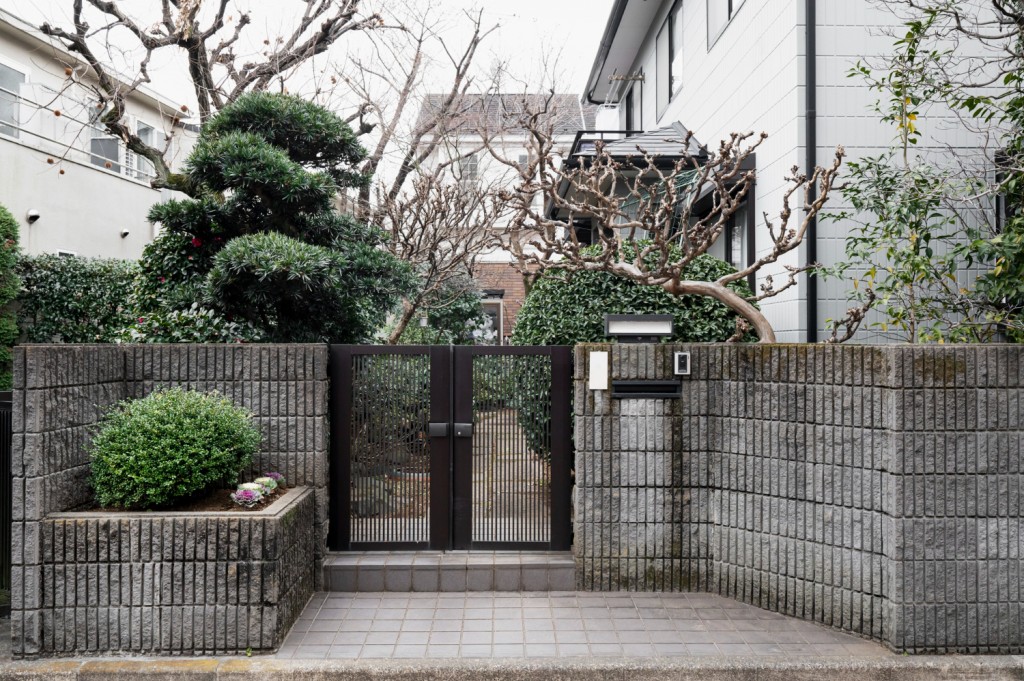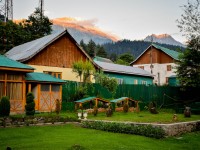Just as a conductor leads an orchestra to create a harmonious symphony, so too must you guide the elements of your landscape to engineer a balanced and appealing outdoor tableau.
For those of you wrestling with sloped terrains, retaining walls can be your secret weapon, offering both functional and aesthetic solutions. From rustic stone to modern concrete, the materials you choose can dramatically alter the tone of your landscape.
However, the art of retaining walls goes beyond just material selection. As we unpack the intricacies of this landscaping tool, you’ll discover how innovative designs and strategic installations can transform even the most troublesome slopes into a captivating garden performance. Will you be ready to take up the baton?
Understanding Retaining Wall Basics
To fully grasp the concept of retaining walls, you’ve got to delve into the fascinating interplay of physics, engineering, and artistry that underpin their structure and function. They’re not just blocks stacked against a hillside; they’re monuments to our ability to control and shape the environment to our will, while also adding aesthetic value.
In essence, retaining walls are structures that hold back soil to prevent erosion and control water flow. But they’re more than that. They are a testament to our intrinsic desire for freedom. The freedom to use land as we wish, to create spaces that reflect our vision, and to defy nature’s limitations.
You’ve got to appreciate the physics involved. The wall must withstand the lateral pressure of the soil it’s holding back, a force that increases with the angle of the slope and the type of soil. That’s where engineering comes in. The design and materials used must ensure the wall’s stability and longevity.
And finally, the artistry. Whether it’s a simple timber wall or an intricate stone design, the aesthetic appeal of a retaining wall cannot be underestimated. It’s this blend of science and beauty that makes retaining walls a crucial part of landscape design.
Innovative Retaining Wall Designs
Diving into the world of innovative retaining wall designs, you’ll find an array of creative solutions that not only effectively hold back soil, but also transform slopes into visually stunning features of your landscape. These designs are far from the conventional stone or brick structures. They’re imaginative, versatile, and can be customized to suit your unique style.
Consider the gabion wall, a design that’s both functional and aesthetically pleasing. It’s a wirework container filled with rock, broken concrete, or other materials, offering a unique texture to your landscape.
Or, think about a green wall, where you’re not just holding back soil but also nurturing a lush vertical garden. This design breathes life into your space, making it vibrant and dynamic.
You might also explore a mural wall, where the surface becomes a canvas for artistic expression. It’s an opportunity to inject personality and character into your terrain.
Don’t be afraid to experiment. Mixing materials, like wood with metal or stone with glass, can result in eye-catching contrasts. Remember, your retaining wall doesn’t have to be purely practical. It can be a statement piece, a work of art, a testament to your freedom of expression.

Material Options for Retaining Walls
While you’re letting your creativity run wild with these unique designs, it’s crucial to remember the importance of the material selection for your retaining wall, as this choice will significantly influence both its functionality and aesthetics.
You’ve got a world of materials at your disposal, each with its own charms and challenges. Natural stone, for instance, offers a timeless and organic appeal, complementing any landscape. However, it requires skilled masonry and can be quite costly.
Concrete, on the other hand, is affordable and extremely durable. It’s a blank canvas, allowing you to impart any texture or color you desire. But it lacks the natural appeal of stone and may seem monotonous unless creatively designed.
Then there’s wood, which brings a warm, rustic charm to your landscape. It’s relatively easy to install and economical, but remember, it’s vulnerable to rot and pests, necessitating periodic maintenance.
Finally, consider modern materials like gabion – cages filled with rocks or concrete. They’re sturdy, permeable and offer an industrial chic aesthetic.
In essence, your material choice should reflect your vision, budget, and the environment. It’s about balancing practicality with aesthetics, ensuring your retaining wall is not just functional, but also a testament to your artistic freedom.
Installation Tips for Sloped Terrains
Navigating the challenges of installing a retaining wall on sloped terrain, you’ll find that meticulous planning and careful execution are key to ensuring both stability and aesthetic appeal. It’s not just about stacking stones or bricks; it’s about creating a functional work of art that blends with your landscape while managing the terrain’s natural incline.
Consider these tips when installing a retaining wall on a slope:
– Start with a solid foundation: This is the backbone of your wall. Excavate a trench, tamp the soil, and lay a bed of gravel for drainage and stability.
– Level each layer: Use a level to ensure each stone or brick layer is even. This not only adds to the wall’s stability but also its visual charm.
– Backfill as you go: After completing each layer, fill the space behind it with gravel for drainage and soil for planting.
Maintenance and Longevity Strategies
Once your retaining wall’s sturdy foundation is successfully laid and aesthetically pleasing layers are diligently stacked, it’s time to switch your focus to the wall’s maintenance and longevity strategies.
Your wall is a living canvas. It breathes, ages, and morphs with the passage of time and the whims of weather. To ensure its longevity, you must commit to a regular routine of inspection. Look for cracks, shifts, and areas of water accumulation. These signs of wear and tear, if left unattended, can compromise the wall’s structural integrity.
To maintain its aesthetic appeal, consider a gentle cleaning schedule. Use a pressure washer sparingly to avoid eroding the mortar. A simple scrub brush and mild detergent are often enough to keep your masterpiece vibrant and inviting.
Like a steadfast lighthouse guiding ships through tumultuous seas, your retaining wall stands strong, transforming your sloping terrain into a work of art. Remember, 80% of retaining wall failures occur within a year of installation. So, choose your materials wisely, install with precision, and maintain diligently. Like the lighthouse keeper, your vigilance ensures stability and longevity. Embrace the art of retaining walls and let your landscape shine amid the undulating hills.






